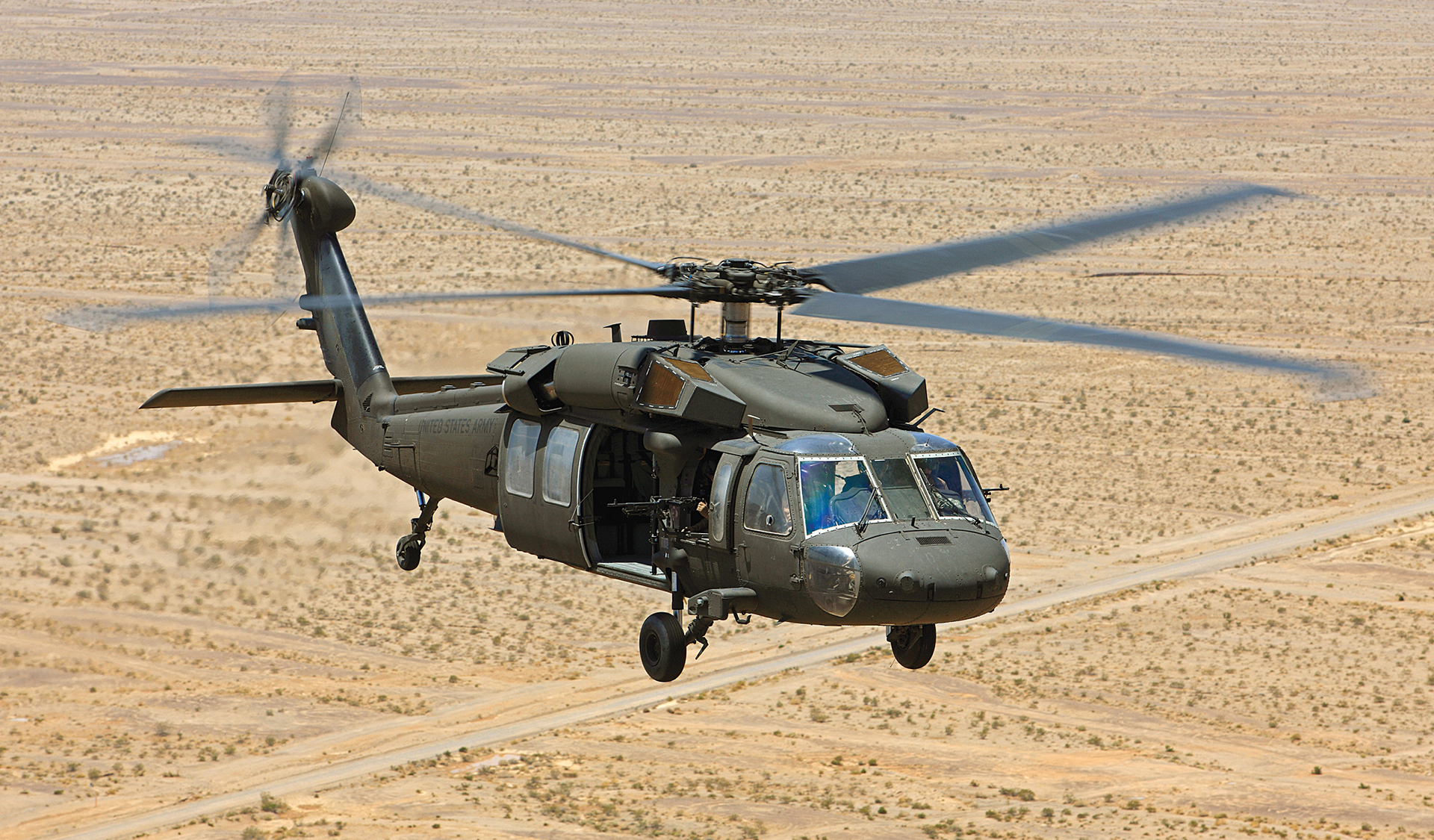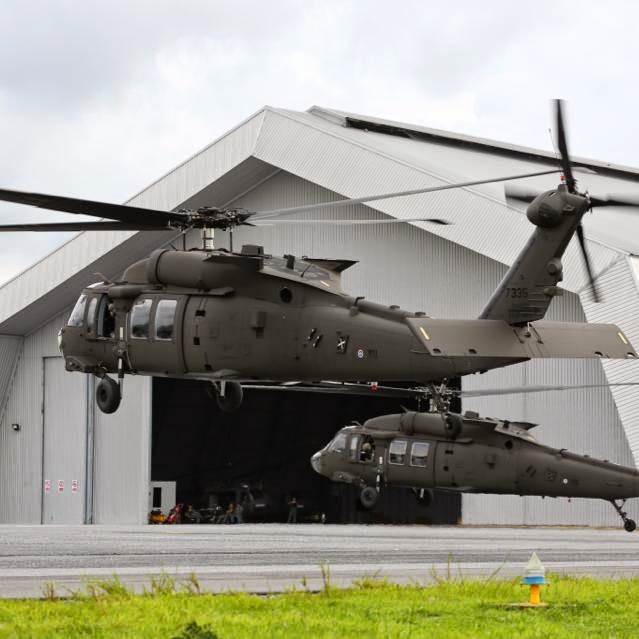UH 60 Helicopter Maintenance: A Comprehensive Overview for Pilots
Comprehending the Mechanics and Design Behind Uh 60 Helicopters
The UH-60 helicopter, typically called the Black Hawk, stands as a pinnacle of contemporary rotorcraft innovation, personifying a blend of robust design and intricate auto mechanics. From its beginning to its current versions, the advancement of this aircraft showcases a combination of technology and functionality. As we peel off back the layers of the UH-60's layout, a world of detailed systems and precise design emerges. Understanding the auto mechanics and engineering behind this flexible airplane introduces a world where accuracy meets power, and where each part plays a vital duty in achieving flight.
Background of UH-60 Helicopters
The history of UH-60 helicopters traces back to the late 1970s when the United States Military looked for a flexible and sophisticated energy helicopter to replace its aging fleet. In reaction to this need, the Sikorsky Airplane Company developed the UH-60 Black Hawk helicopter. Introduced in 1979, the UH-60 promptly ended up being a staple in armed forces operations as a result of its remarkable abilities.
The UH-60 was developed to master a variety of goals, consisting of army transport, clinical emptying, electronic war, and special operations. Its ability to adapt to different duties made it a valuable asset to the U.S. uh 60. Military and various other military forces around the world
For many years, the UH-60 platform has actually gone through several upgrades and variants to enhance its efficiency and keep rate with progressing mission demands. These helicopters have seen considerable service in disputes such as the Gulf War, Afghanistan, and Iraq, showcasing their dependability and versatility in diverse functional environments. The UH-60's abundant background is a testament to its long-lasting legacy as a leading energy helicopter.

Engine and Power Systems
Making use of sophisticated propulsion modern technology, UH-60 helicopters are outfitted with innovative engine and power systems to make sure ideal performance and dependability in a variety of operational scenarios. The UH-60, commonly called the Black Hawk, is powered by 2 General Electric T700-GE-701D engines, each with the ability of supplying up to 1,940 shaft horse power. These turboshaft engines supply the needed thrust for the helicopter to accomplish its missions efficiently, including army transportation, medical evacuation, and fight support.

Blades System and The Rules Of Aerodynamics
How do the blades system and the rules of aerodynamics of UH-60 helicopters add to their operational efficiency and trip capacities? The blades system of the UH-60 helicopter plays a critical duty in supplying lift and propulsion.
Aerodynamics also play a key look at this web-site duty in the performance of UH-60 helicopters. The streamlined body and rotor blade design lower drag, enabling the helicopter to accomplish higher rates and much better fuel efficiency. The wind resistant style of the UH-60 likewise adds to its capacity to operate in diverse ecological conditions, including high altitudes and warm temperatures.
Avionics and Trip Control Systems

In its elaborate control with the rotor system and aerodynamics of UH-60 helicopters, the avionics and flight control systems create a vital network of technologies shaping the aircraft's operational abilities. In the UH-60, these systems consist of electronic displays, communication radios, GPS navigation, weather condition radar, and auto-pilot systems.
The trip control systems of the UH-60 are accountable for translating the pilot's inputs into the suitable modifications to the blades system, making certain secure trip and ability to move. These systems contain hydraulic actuators, servos, and computers that collaborate to control the primary and tail rotors, in addition to other flight control surface areas. By exactly taking care of the helicopter's trip characteristics, these systems allow pilots to do a vast array of goals, from transportation and search-and-rescue to combat operations, with precision and confidence.
Role and Applications in Aviation
The function and applications of avionics and flight control systems in aviation are integral to ensuring the reliable and secure procedure of airplane, including UH-60 helicopters. Avionics systems in UH-60 helicopters incorporate a variety of electronic systems that aid in navigating, interaction, monitoring, and controlling different airplane features. These systems consist of electronic screens, autopilot systems, interaction radios, general practitioner navigating devices, and weather radar. Trip control systems play an essential role in steering the helicopter airborne, maintaining security, and making sure accurate movements. The fly-by-wire modern technology utilized in modern UH-60 helicopters converts pilot inputs into digital signals, which are then interpreted by the trip control computers to readjust the More Bonuses aircraft's control surface areas. Furthermore, these systems include security features such as auto-pilot modes, surface understanding warning systems, and stability enhancement systems to enhance the general safety and functional capabilities of the UH-60 helicopters in different missions, including army transport, clinical evacuation, search and rescue, and airborne firefighting.
Final Thought
In final thought, the UH-60 helicopter is a flexible aircraft with a rich history and advanced engineering. Its engine and power systems, rotor system, aerodynamics, avionics, and trip control systems all function with each other to make it a trusted and reliable equipment.
In its detailed control with the blades system and aerodynamics of UH-60 helicopters, the avionics and flight control systems form an essential network of innovations shaping the airplane's functional abilities.The flight control systems of the UH-60 are responsible for converting the pilot's inputs right into the proper modifications to the rotor system, ensuring secure trip and maneuverability. Avionics systems in UH-60 helicopters encompass an array of digital systems that aid in navigation, interaction, tracking, and controlling numerous airplane functions. In addition, these systems integrate security attributes such as auto-pilot modes, surface understanding cautioning systems, and security augmentation systems to enhance the total security and operational capacities of the official statement UH-60 helicopters in different missions, consisting of troop transportation, medical discharge, search and rescue, and aerial firefighting.
Its engine and power systems, blades system, aerodynamics, avionics, and trip control systems all function together to make it a efficient and reliable equipment.